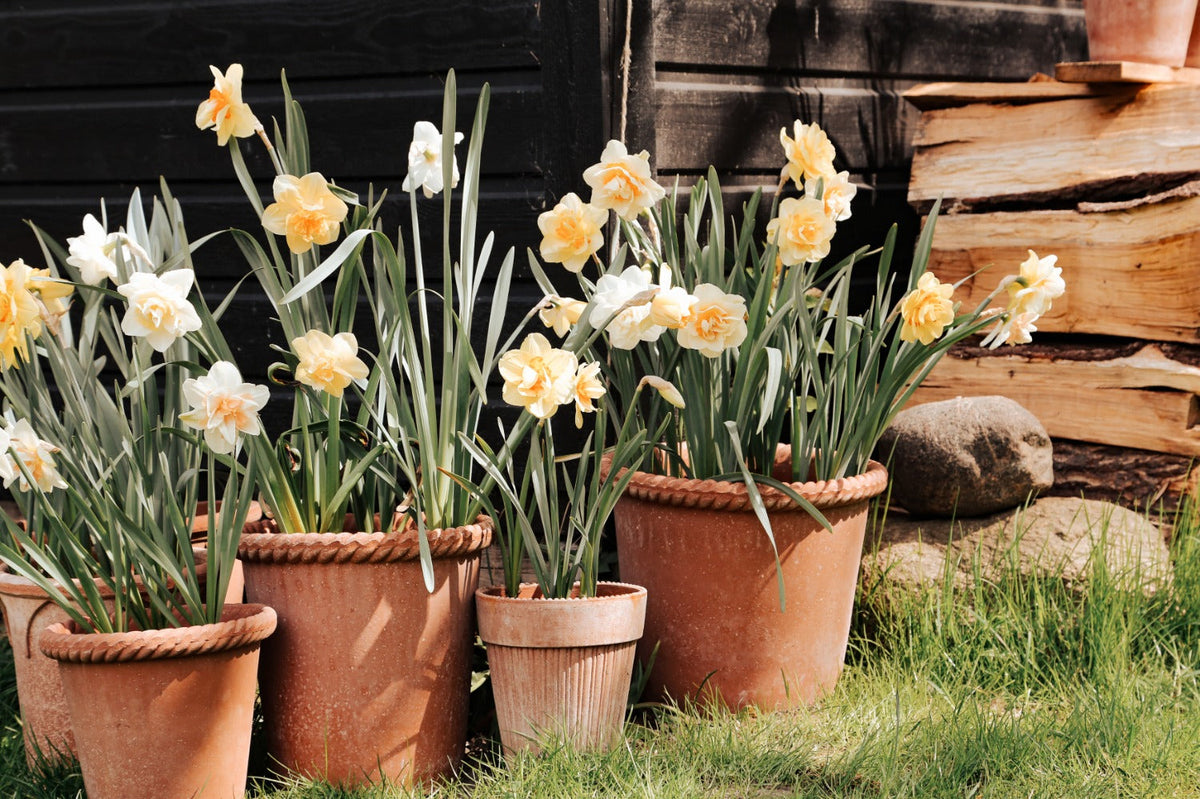
Planting flower bulbs in pots: our step-by-step tips
|
Tijd nodig om dit artikel te lezen: 1 min
|
Tijd nodig om dit artikel te lezen: 1 min
Autumn has begun. And although spring still seems far away, it is important to think about it already. Now is the ideal time to plant spring-flowering flower bulbs . Think of tulips, daffodils, muscari and crocuses, among others. And this time we will not do that in the open ground, but in pots. Flower bulbs in the city or in the countryside: everyone can see them bloom!
Spring-flowering bulbs can be planted from September to the end of December. With the exception of tulips, which you should not plant until mid-October. The later you plant them, the smaller the chance of botrytis tulipae , a dangerous fungus that attacks your bulbs when the soil is too warm. The planting time for bulbs is an indication, because experience shows that you can plant them as long as the soil is not frozen. January is really the last chance, because with bulbs, they prefer to have had a period of cold. That way they flower without many problems.
Anyone can plant flower bulbs, because the job doesn't involve much. Make a hole, put the bulb in and you're done. But there are still a few things you need to pay attention to. For example, you plant the bulb 2 to 3 times as deep as it is large. It's not an exact science, but you do want it to be deep enough so that it will be firmly attached later. It goes without saying that a tulip or daffodil needs to be much deeper than an iris or crocus.

